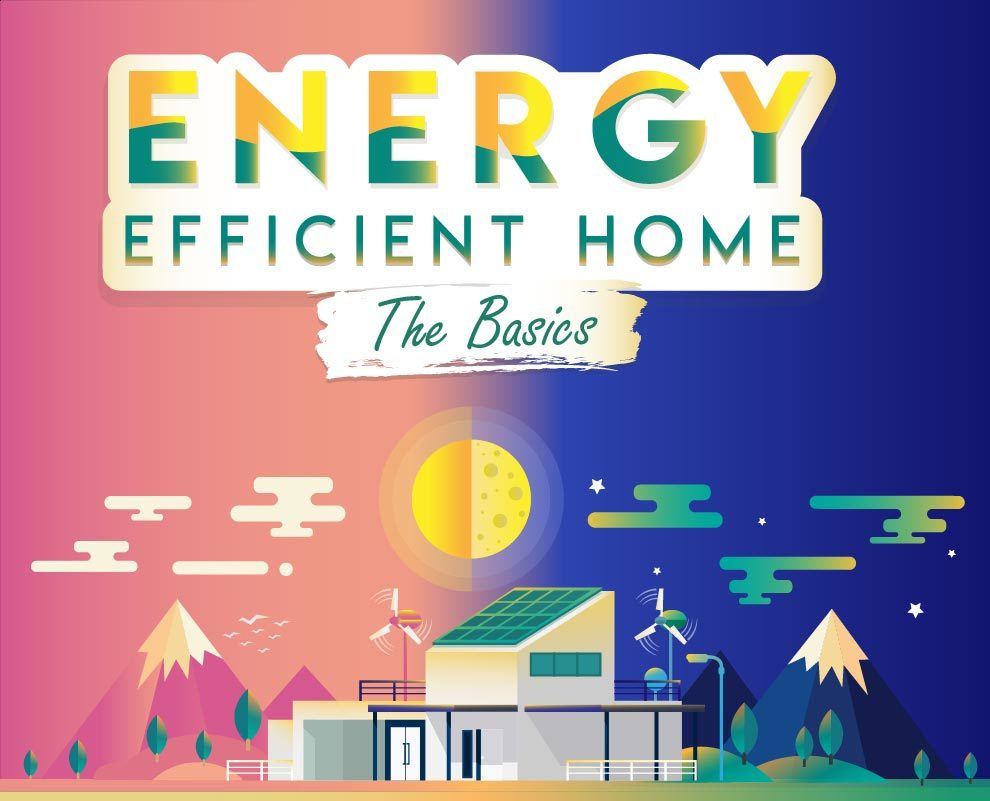Today’s modern homes are spending more electricity than ever. Building an energy efficient home is of utmost importance if you want to cut costs and protect the environment.
There are some less expensive things you can do, such as window treatments and then there are more expensive options, such as changing roofs, walls, and electrical wiring.
Even though some of these options might be quite expensive, in the long run they are going to pay dividends as you are going to cut a lot of costs. The most important thing, however, is that you will have a pleasant environment in your home.
One of the most important parts of a residential structure is HVAC, which helps in maintaining healthy conditions.
What Is HVAC?
HVAC, which stands for heating, ventilation, and air conditioning, is defined as the technology of indoor and vehicular environmental comfort. Its main goal is to ensure thermal comfort and a good indoor air quality.
This system is known as a subdiscipline of mechanical engineering and is based on several principles: thermodynamics, fluid mechanics, and heat transfer.
Is It Energy Efficient?
Companies manufacturing HVAC equipment have been trying to make it more energy efficient ever since they have been around. This is because of energy cost and the impact it has on the global climate changes.
Water was used for heating in the past, but, today, forced air systems are becoming more and more popular. Better effects and energy savings are the biggest advantages of using the air systems.
Is There Another Way To Lower Electricity Costs?
One part of making your home energy efficient is rewiring electrical installation. If your home is rather old, there is a big chance that the wiring can’t handle the workload and is not capable of performing the electrical service which today’s standards require.
Upgrading the electrical panel is one of the first things you should consider since it can help you with the electricity problems.
Today’s non-metallic wires are safer compared to the wires which were commonly installed some 30 to 40 years ago.
Sealing leaks, switching to CFL or LED bulbs, installing a new thermostat, adding or replacing insulation, replacing appliances, are several of other things you can do in order to make your home environmentally friendly and, above all, cost-efficient.
Overall
Hopefully this article answered the questions you had about what the benefits of improving your home are. It’s now time to take matter in your own hands and start implementing them. Not only for cutting costs, but also for a greener environment.








